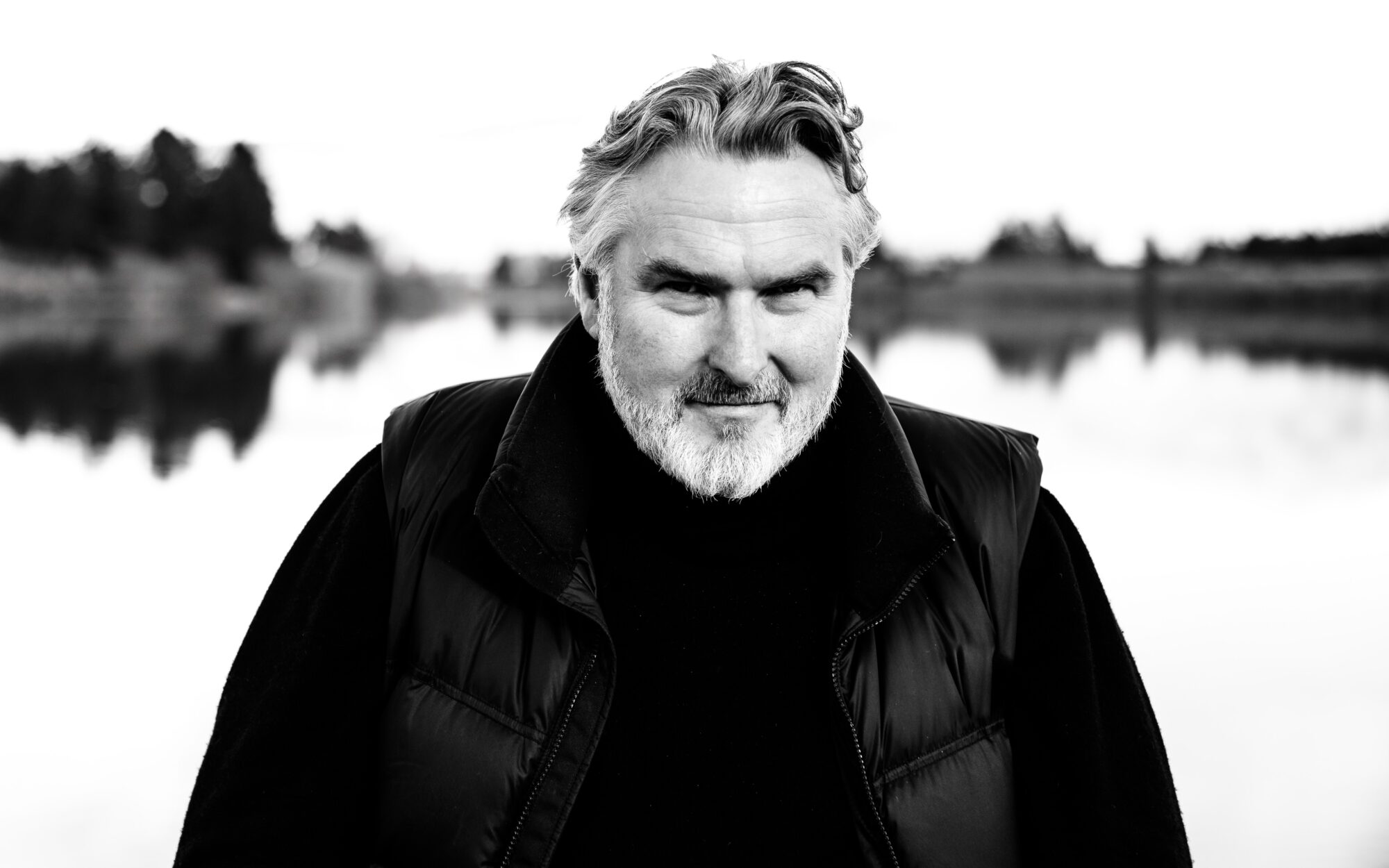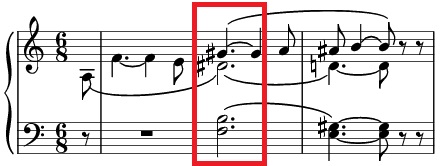Auckland Philharmonia’s Joshua Clark is a huge Wagner fan. Read on as he recounts his experiences with the great operatic composer’s music and what makes his preludes and overtures so striking…
Rienzi was Wagner’s first commercially successful opera, and already, early on in his career, it’s filled with the sumptuous musical language that defined his unique sound. Rienzi was staged a mere 18 years after the height of the late classical period marked by Beethoven’s heroic Ninth Symphony, demonstrating the swift change and extreme influence the composer had on the operatic repertoire, the Romantic era, and music as a whole.
But what is it in the music that so hypnotically draws us in?
In writing this article it has been so wonderful to return to Wagner’s preludes and overtures, in an effort to answer this question. I was lucky enough, during my undergraduate years, to receive tuition from University of Otago Professor Terence Dennis – a musician who has championed Wagner from the piano and with the pen, and is the current President of the Wagner Society of New Zealand. Sometimes our lessons would last up to three hours as he went back and forth from the library shelf of his studio to play me obscure moments from one Wagnerian opera to another. To put it bluntly, he was obsessed, and consequently, so was I.
Suddenly I found myself sitting in on the most fascinating lectures with the Wagner Society of New Zealand (for which Terence was a member and presenter), learning from other great Wagnerian exponents such as the University of Auckland Emeritus Professor Heath Lees. He helped me – much to his distaste, I imagine – draw comparisons between Wagner and Whitney Houston among other things! But perhaps that is for another article. Sometimes the lectures would involve us watching archival footage of Sir Donald McIntyre in rehearsal, both in Bayreuth and in New Zealand. Once Simon O’Neill dashed into the room unannounced, straight off the plane from New York, and blew us all away with some excerpts from the Siegfried Idyll, before promptly making his exit as swiftly as he entered, to get home to his family.

